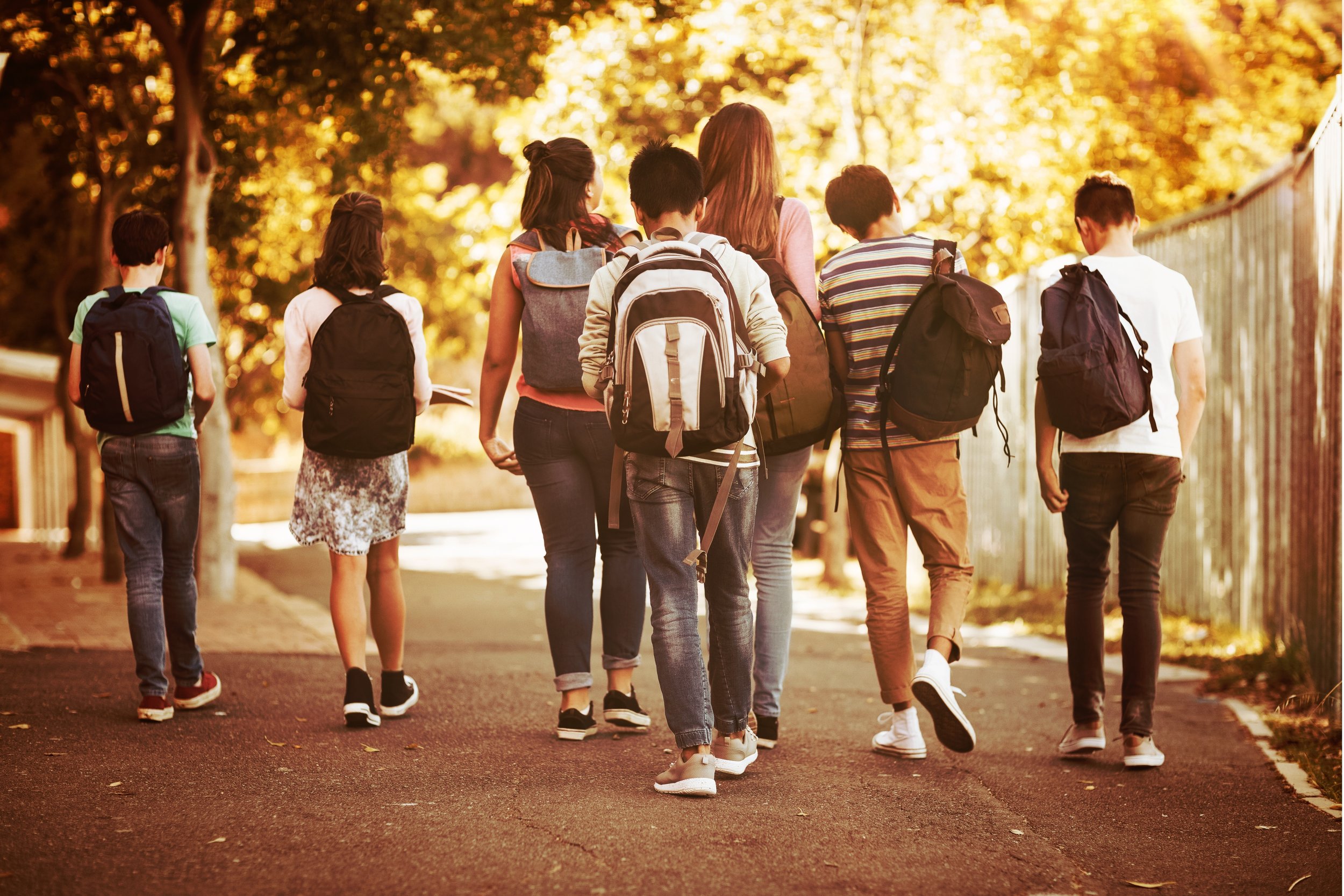Omicron presenting a new set of challenges
/With 2021 in our rearview mirror, 2022 brings us opportunities to reflect upon our mistakes, make necessary changes, learn hard lessons, and grow. Coaching for Change wrapped up an unprecedented year. We learned how to make adjustments to best support students and school districts and saw our efforts pay off in new partner schools in addition to well-established ones.
While we’d all like to think that we are returning to some semblance of normalcy, one glance at the news says otherwise. CNN reports the last week of 2021 broke the COVID-19 record with an average of 355,990 infections reported every day, according to Johns Hopkins University. The Omicron variant, as the most contagious strain yet, affects young people at a higher rate than the other strains that we’ve seen. Teenagers and children aren’t vaccinated at the same rates as adults and are getting Covid-19 left and right. Schools, as we saw in 2020, are having to make hard decisions to keep people safe, while at the same time, continue educating their students.
As the holiday break quickly comes to a close, school districts across the country are feeling the pressure. In Massachusetts, state education officials have ordered Covid-19 antigen testing kits and N95 masks for school personnel, which were supposed to arrive December 31st. Due to unforeseen circumstances, the supplies have been delayed. The Massachusetts Teachers Association (MTA) has called for all K-12 schools to be closed on Monday to allow for Covid-19 testing for school staff because of the delay in testing kits. Nevertheless, state education officials have decided to open schools Monday. This positions many school districts between a rock and a hard place. Many teachers and students are having to stay home and quarantine either due to being a close contact, waiting to schedule PCR tests, waiting on the results of those tests, or testing positive. In classrooms of 25 students, some schools will see less than half of those students return on Monday. Many of those classrooms will not have their regular teachers. School districts are scrambling to find substitute teachers. From December 16-22, the Department of Elementary and Secondary Education (DESE) reported 1,544 positive Covid-19 cases among public school staff members. There are approximately 140,000 employees in the public school system. Based on the numbers following the holidays, it is highly suspected that these positive case numbers will increase rapidly.
Returning to an in-person school model presents a unique set of challenges. Many students will be absent and therefore missing academic content and lessons. Do teachers simply continue teaching and then when the students do return, try to catch them up to the rest of the class? Alternately, do teachers review until more students are in class? If they do just review, will they be able to teach all of the academic standards they are responsible for by the end of the year? And this is assuming that the teacher is present. What about those classrooms who will return on January 3rd without their teachers? Will districts be able to find substitutes for all the teachers who will be out? Will they be quality teachers able to teach real lessons and manage classroom behaviors?
The anticipated low attendance rates will most likely further fragment school communities as students are not socializing with their peers and classmates. The social and emotional learning that takes place during a typical school day will look different. School adjustment counselors, psychologists, and behaviorists will see an even greater increase in their caseloads, although there will be less kids. The students who are in school will need more SEL support than before and the students who are isolated and quarantined at home will also need this support. How will they get it? Will school districts ask personnel to provide this SEL virtually to those kids at home? How will that work? It’s often hard to make connections with students and doing so virtually makes it just that much harder. These are questions that no one has answers to, but that we must not ignore.
We have to ask ourselves what makes the most sense. We need to consider the remote learning option. We also need to consider a more flexible learning option. Do we hire teachers to teach virtually to the kids at home while other teachers teach the students present in school? There will be no easy answers or quick fixes. We need to think creatively and innovatively as we try to do what’s best for our students, our teachers, and our communities.

